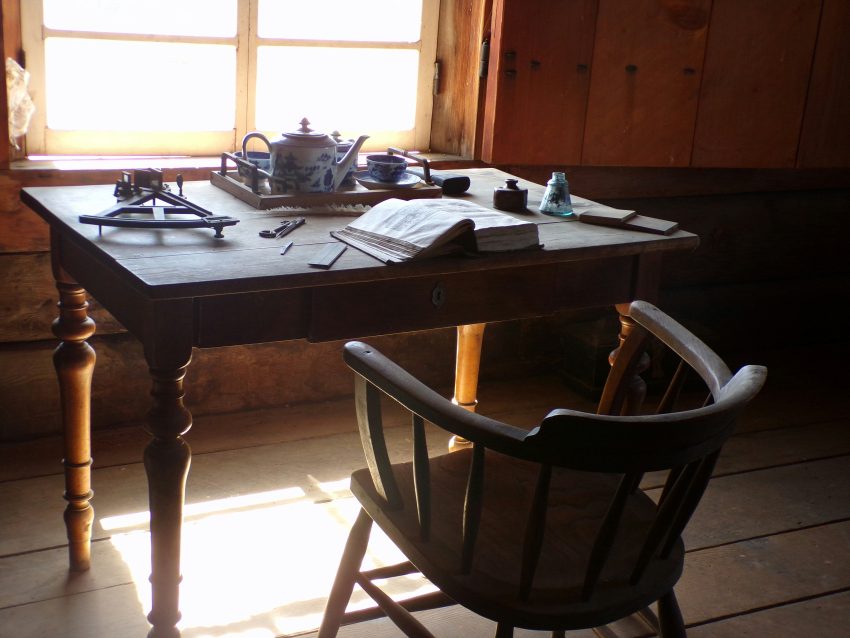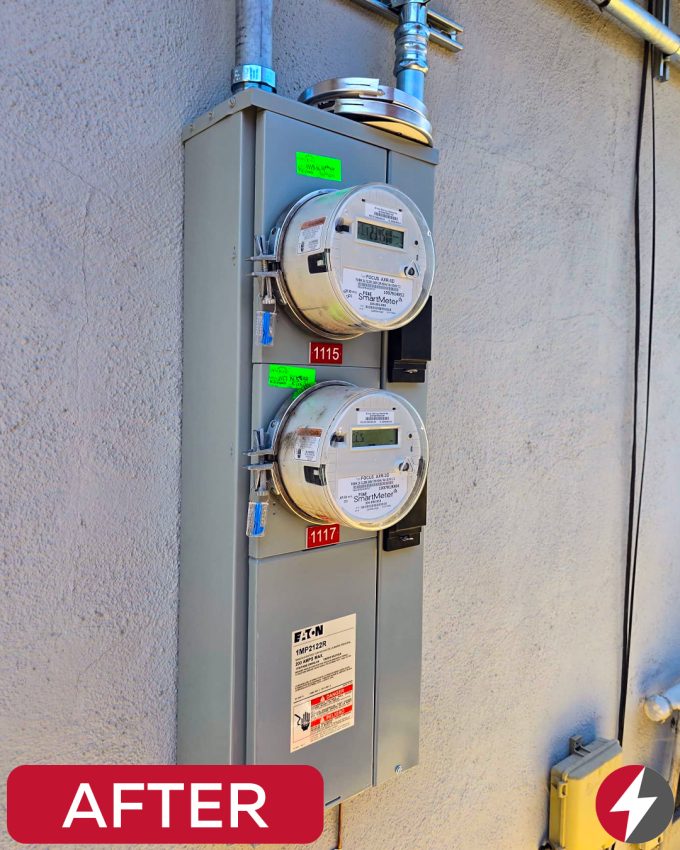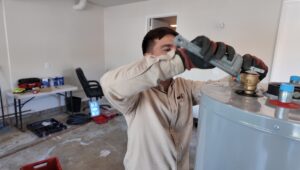Old homes have their own unique charm and mood. However, this charm can be a deal package with complications, especially when it comes to the electrical systems, which may have been installed decades ago. Ancient electrical components can pose safety risks, cause inefficiencies, and create inconveniences for you and your loved ones. In this article our experts will describe most typical electrical problems found in older homes and offer practical solutions for fixing them.

Outdated Wiring Systems
One of the most frequent issues in old homes is outdated wiring, such as knob-and-tube or aluminum wiring. Knob-and-tube wiring was common in homes built before the 1940s, and its problem is that it lacks the grounding required for today’s standards. Aluminum wiring, used in the 1960s and 1970s, is prone to overheating and corrosion, increasing the risk of fire.
How to Fix It:
- Upgrade to modern wiring: The best solution is to replace old wiring with modern copper wiring, but we understand that this can be a major project. However, it’s essential for safety and to meet current building codes.
- Install AFCI (arc-fault circuit interrupters): If a full rewire isn’t really possible, adding AFCI breakers can help prevent electrical fires by detecting and stopping arc faults in the old wiring.
Insufficient Electrical Capacity
Many old homes were built when the house’s demand for electricity was much lower. Today we use a lot of different electronics, appliances, and HVAC systems, and old homes often can’t handle the load. This can result in frequently tripped circuit breakers, dimming lights, or difficulty running multiple appliances at once.
How to Fix It:
- Upgrade the electrical panel: Increasing the home’s electrical capacity, typically to 200 amps or more, can be enough for modern needs.
- Add additional circuits: Installing additional circuits can help distribute the electrical load more evenly, and it will reduce the strain on the system.
Lack of Grounding
Grounding is crucial for safety, as it provides a path for electrical currents in the event of a fault, lowering the risk of shocks or fires. Many old homes have ungrounded outlets and circuits, which can be dangerous.
How to Fix It:
- Install grounded outlets: Replace ungrounded outlets with grounded ones, which may also require new wiring to add the necessary ground.
- Use ground fault circuit interrupters (GFCIs): GFCIs, especially in moisture-prone areas like kitchens and bathrooms, add an extra layer of protection by shutting off power when a ground fault is detected.
Faulty or Outdated Circuit Breakers
Circuit breakers in older homes can become worn out and may not offer adequate protection for modern electrical demands. If they fail to trip properly, they can cause overheating, fires, or damage to appliances.
How to Fix It:
- Replace circuit breakers: Installing new, compatible breakers is a simple yet vital safety measure.
- Install circuit breaker panels with AFCI protection: Modern panels with AFCI breakers can detect and prevent arc faults, providing an additional safety measure.
Insufficient or Outdated Outlets
Older homes often don’t have enough outlets, leading to excessive use of extension cords and power strips. Some outlets may also be outdated or in poor condition, with loose connections that can create fire hazards.
How to Fix It:
- Install additional outlets: Have a licensed electrician add outlets where needed, ensuring they are properly grounded and up to code.
- Upgrade to tamper-resistant outlets: These outlets prevent foreign objects from being inserted, offering extra safety, particularly in homes with children.
Dimming or Flickering Lights
Dimming or flickering lights can be a sign of loose connections, overloaded circuits, faulty switches, or failing light fixtures. Although it might seem like a minor annoyance, it could indicate deeper electrical problems.
How to Fix It:
- Check and tighten connections: Inspect the connections at light fixtures, switches, and breaker panels to ensure they are secure, as loose connections can cause flickering.
- Replace light fixtures or switches: If the issue persists, consider replacing the fixtures or switches. An electrician can determine whether the problem is with the wiring or the fixtures themselves.
Lack of GFCI and AFCI Protection
GFCIs and AFCIs are critical safety devices that protect against electrical shocks and fires. Older homes often lack these features, which are now required by modern codes in certain areas of the home.
How to Fix It:
- Install GFCI outlets in key areas: Upgrade outlets in places like kitchens, bathrooms, and outdoor areas to GFCI outlets to reduce the risk of electric shock.
- Add AFCI breakers to the electrical panel: AFCI breakers help protect against arc faults and are especially important in older homes with aged wiring.
Overloaded Circuits
With fewer circuits in older homes, circuits can become overloaded, powering too many devices at once. This can lead to frequent breaker trips, overheating, and a higher risk of electrical fires.
How to Fix It:
- Redistribute electrical load: Work with an electrician to better distribute the load across circuits. This might involve adding new circuits or rewiring parts of the home.
- Upgrade to higher capacity circuits: In some cases, upgrading existing circuits to higher capacity can help manage the load without tripping breakers.
Conclusion
While electrical problems in old homes are common, they can be managed with the right approach and professional help. Regular inspections and necessary upgrades enhance the safety of your home and help preserve its character for the future. Whether you’re addressing minor issues like replacing outlets or undertaking major projects like rewiring, solving these electrical problems ensures a safer and more efficient home, and we can help you with that. For any electrical project, contact us—we are available at (408) 898-1576 or support@fuseservice.com.






